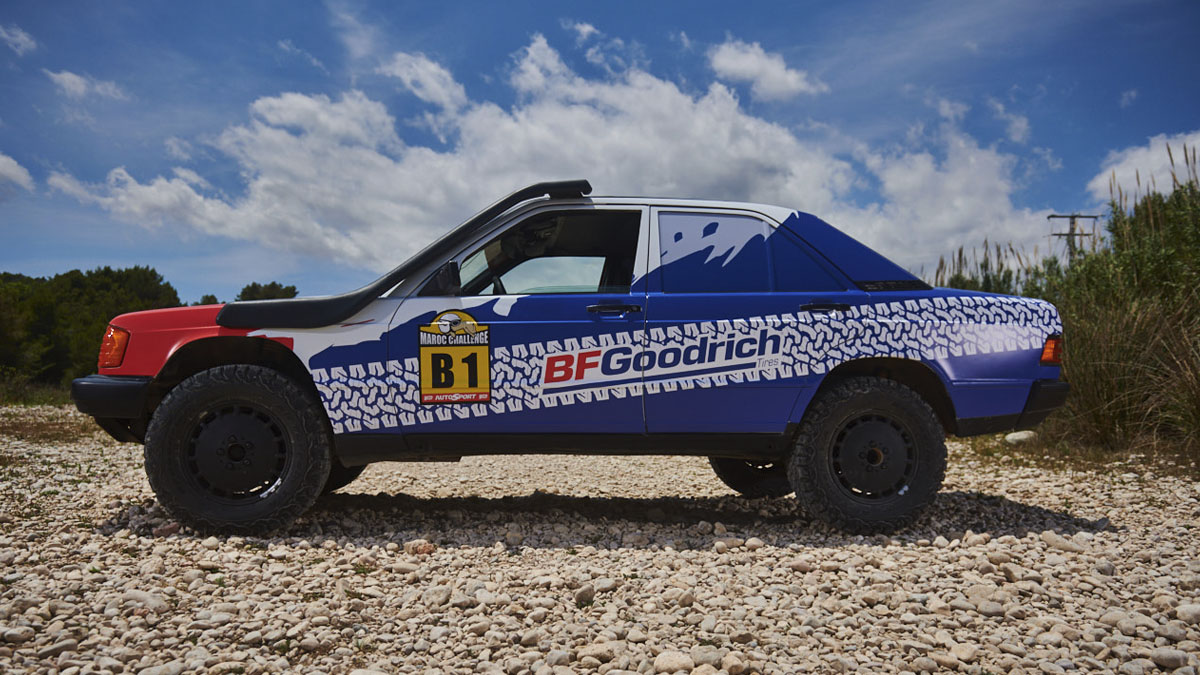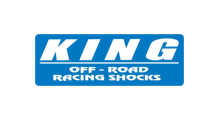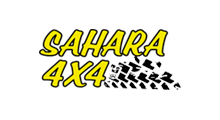Participating in the Tunisie Challenge can be the adventure of a lifetime, especially the first time, and many uncertainties assail us. Which car should we choose? What preparations do we need? We’ll try to clear up some of your doubts.
If you opt for a car, the challenge is, if anything, even greater. Which to choose? Which steps should we take in order to be adequately prepared? First of all, the vehicle must be able to pass its MOT and legally drive on roads.
The choice of car can be a real headache. You can choose a model simply because you like it, because you know it is reliable, or simply because it can be relatively easily adapted. Traction, front or rear, is another factor to consider.
First of all you should think about your budget. You must add to the price of your vehicle the necessary adaptations to face a Tunisie Challenge with a certain degree of confidence. Looking for a vehicle with simple mechanics is a good start. Less electronics, less hassle. It is also important to choose a model for which you can easily find spare parts in the event of a breakdown, mainly in Tunisia.
Once you have the vehicle in your garage it is important to carry out a good overhaul and check all possible aspects. There are four very important points to keep in mind for specific preparation once the car is in perfect working order and that will allow you to enjoy the Tunisie Challenge as much as possible.
1.- Crankcase Protection
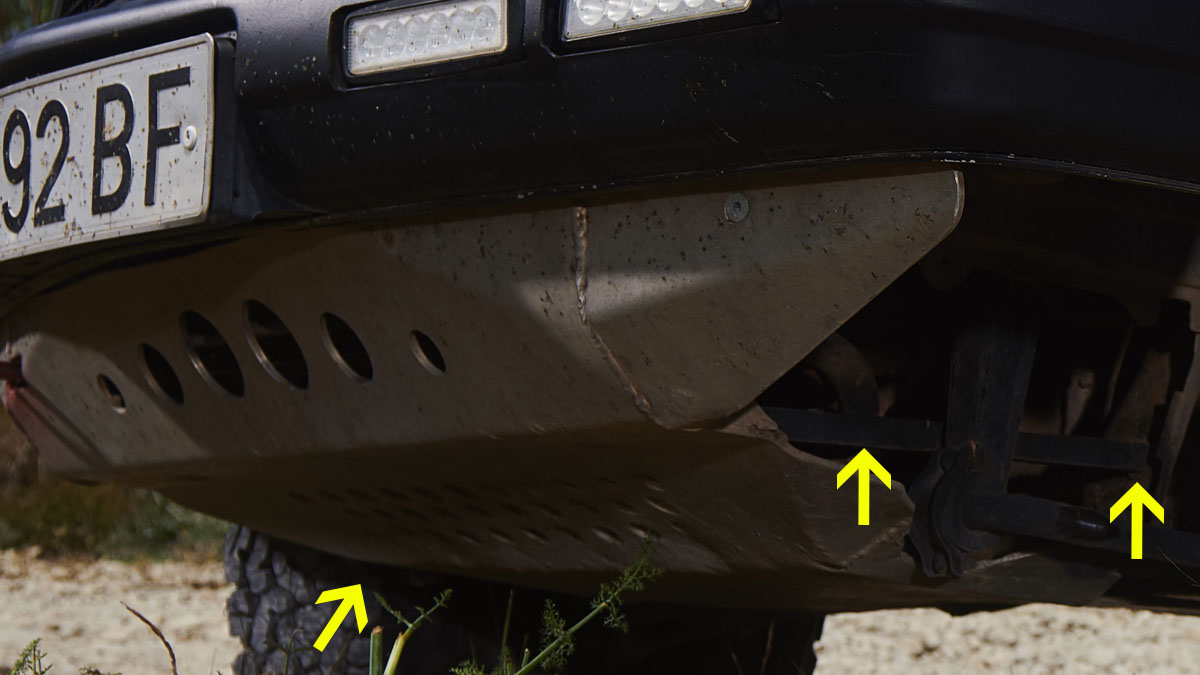
You must fit a tough enough skid plate to shield the crankcase. It can be made out of iron or duralumin (between 4 and 6mm), although the latter is lighter. It is also important to reinforce the skid plate’s support points and add reinforcements where it joins the chassis. You should also check if there are any other delicate parts that may also need protection apart from the crankcase. Remember that in some vehicles the fuel line passes under the vehicle and may be unprotected.
2.- Raise the vehicle
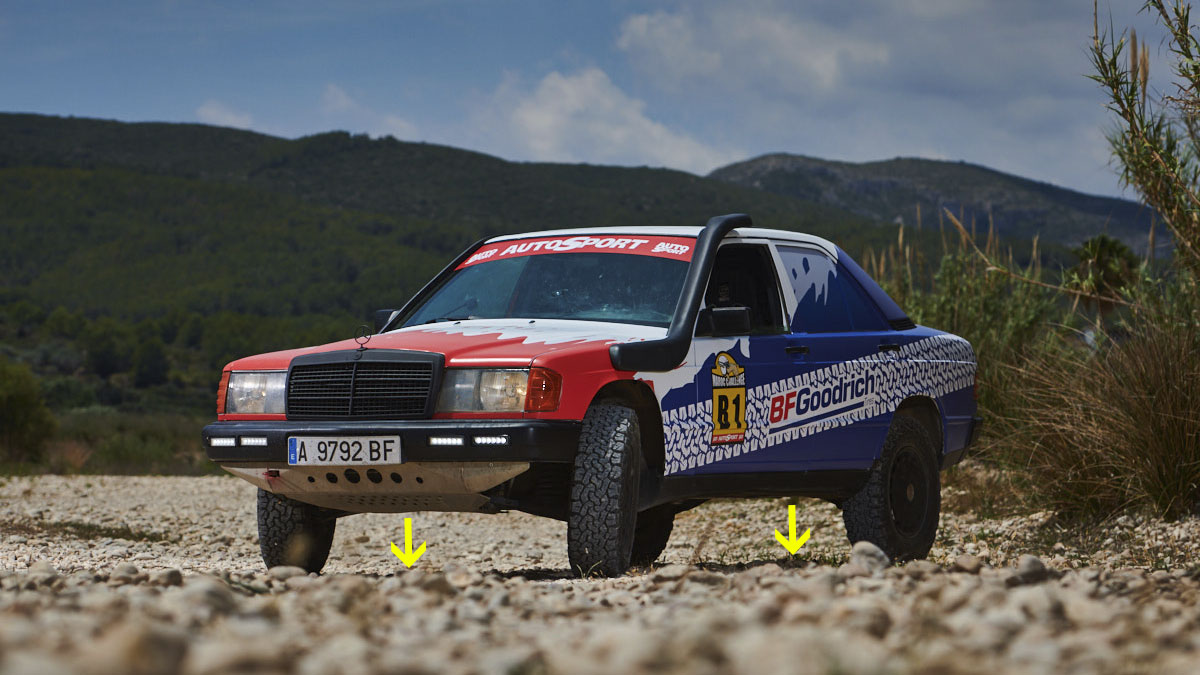
It is very important to achieve the maximum clearance (free distance between the body and the ground). There is quite a variety of stages and many lurking dangers, the more clearance the better you will fare through areas of stones and sand.
Note that not all vehicles allow this task to be carried out easily. Normally the procedure to lift the vehicle consists of changing to higher springs or incorporating additional spacers to the springs. Do not forget that there are limits to the height gain, since in no case should you force the transmission and drive shafts.
It is likely that if you change the springs you will also have to change to shock absorbers with greater travel. In this case, don’t pick shocks that are too hard. The suspension must work well and adequately absorb the terrain’s irregularities.
3.- Tires
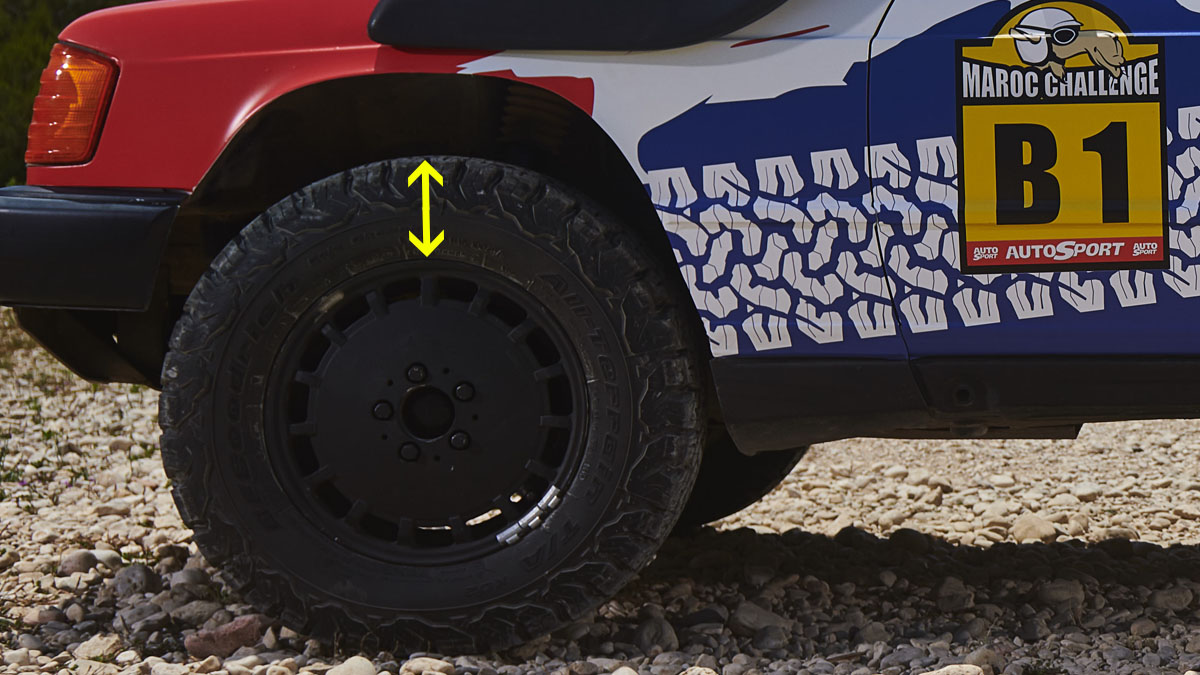
Tires also affect clearance. If the tire profile is higher than the original, you can gain a couple of centimeters, but you cannot go too far as they can affect the vehicle’s behavior if they are too big, they can also scrape against the bodywork in bumpy areas. INSA TURBO brand has many options for smaller sized tires. Many of its models are reinforced and suitable for dirt tracks. For vehicles that allow a larger wheel you can find offroad tires that are normally used in smaller 4×4’s or SUVs.
4.- Reinforce towing points
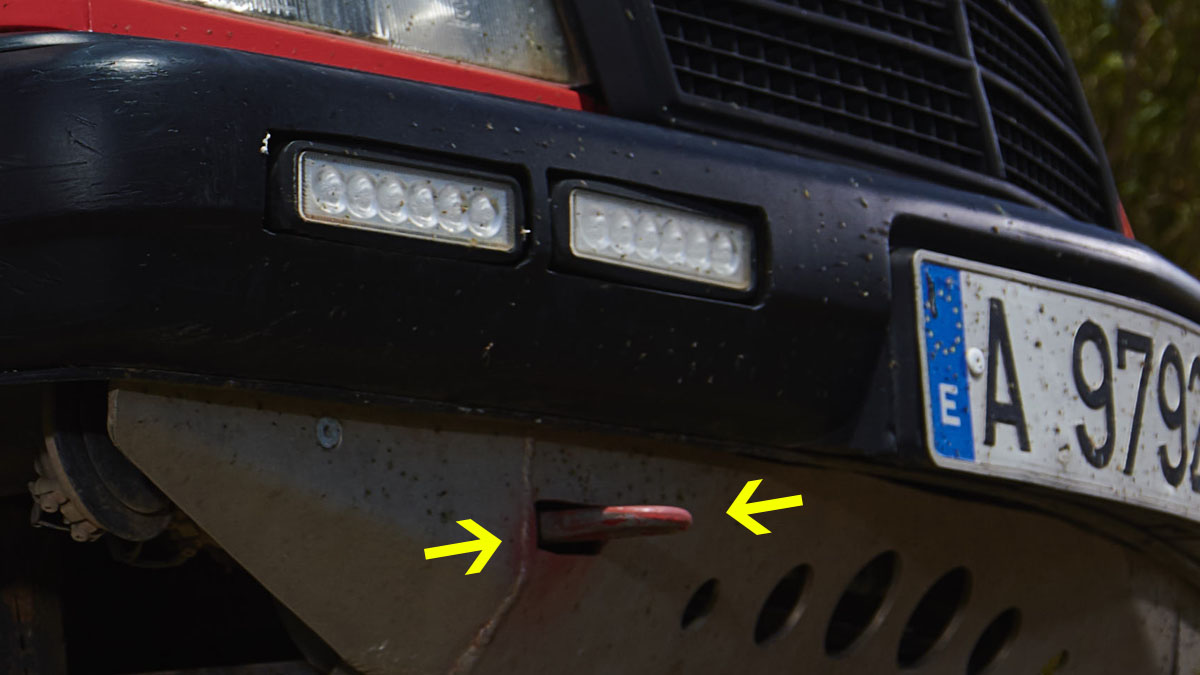
It is very important to reinforce the towing anchor points on the car as, in the quite common event of getting stuck in sand and having to be rescued / towed by an organization vehicle or another participant, it is essential that these points are reinforced to avoid damaging either vehicle. In extreme situations it is all too easy to completely rip off bumpers, radiators and protection bars.
An important tip is to avoid overloading the car, the lighter you are, the better. Excessive weight/load takes its toll on the mechanics very quickly. It is recommendable to bring some spare parts, such as belts or other parts you know may easily cause problems in your vehicle. If you have a spare, most repairs are much easier.
All modifications must be carefully thought out. Once you have the car ready you must have the modifications approved to comply with MOT standards and add value to the vehicle should you decide to sell it in the future.
These are just 4 basic points but perhaps the most critical for you to take into account when preparing a 4×2 car, there are no limits, however, and if you are a confident handyman you can do much much more.
If you are planning on preparing a vehicle and are not too sure what to do, don’t hesitate to contact us.
See you on the tracks!!!
